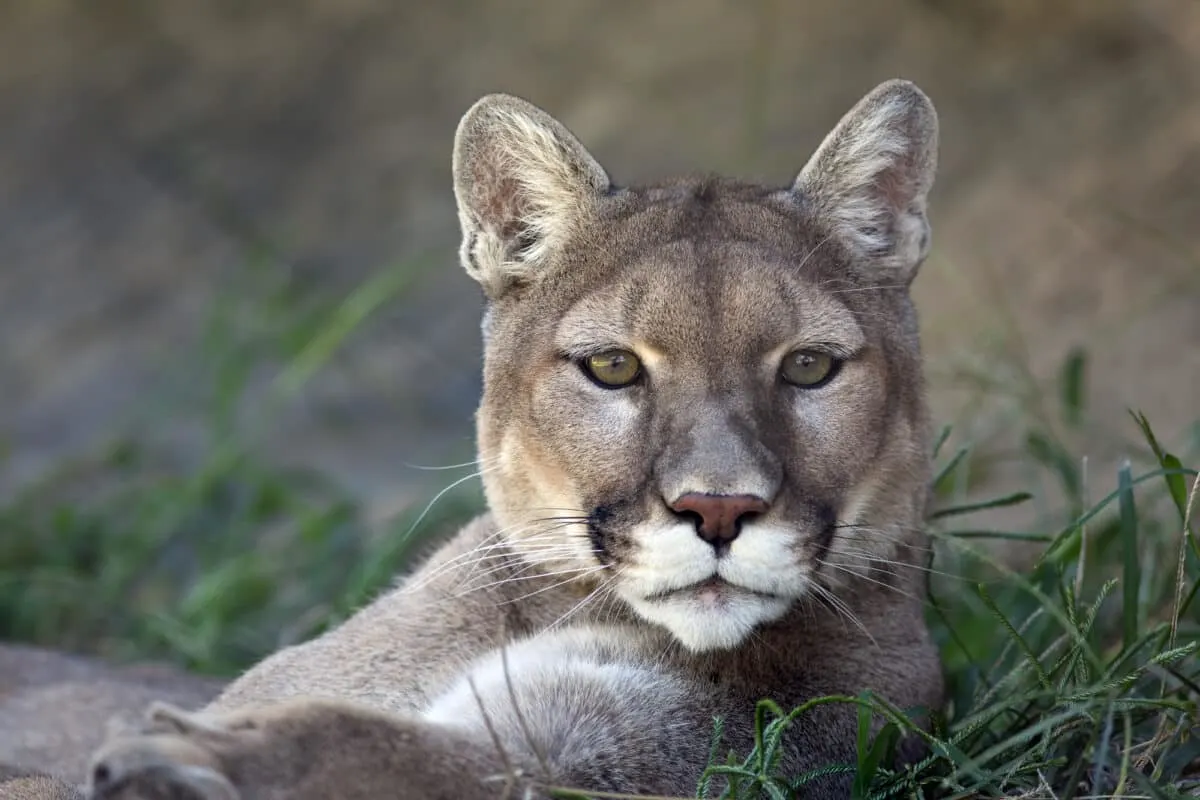From the pine-covered hills of East Texas to the rugged Chihuahuan Desert in West Texas, Texas is home to one of America’s most impressive populations of mountain lions. These powerful predators roam across vast open spaces that span this diverse and picturesque landscape, bringing an unmistakable sense of mystery and intrigue to an otherwise vast wilderness canvas.
And although these elusive cats startle nearby wildlife when they make their presence known, thankfully for Texans who live in mountain lion habitats, attacks on humans are rare.
In this blog post, you’ll learn about their importance to ecosystems throughout Texas while also understanding what it takes to survive in such a harsh environment. So read more about why these amazing animals help keep our state ruggedly wild!
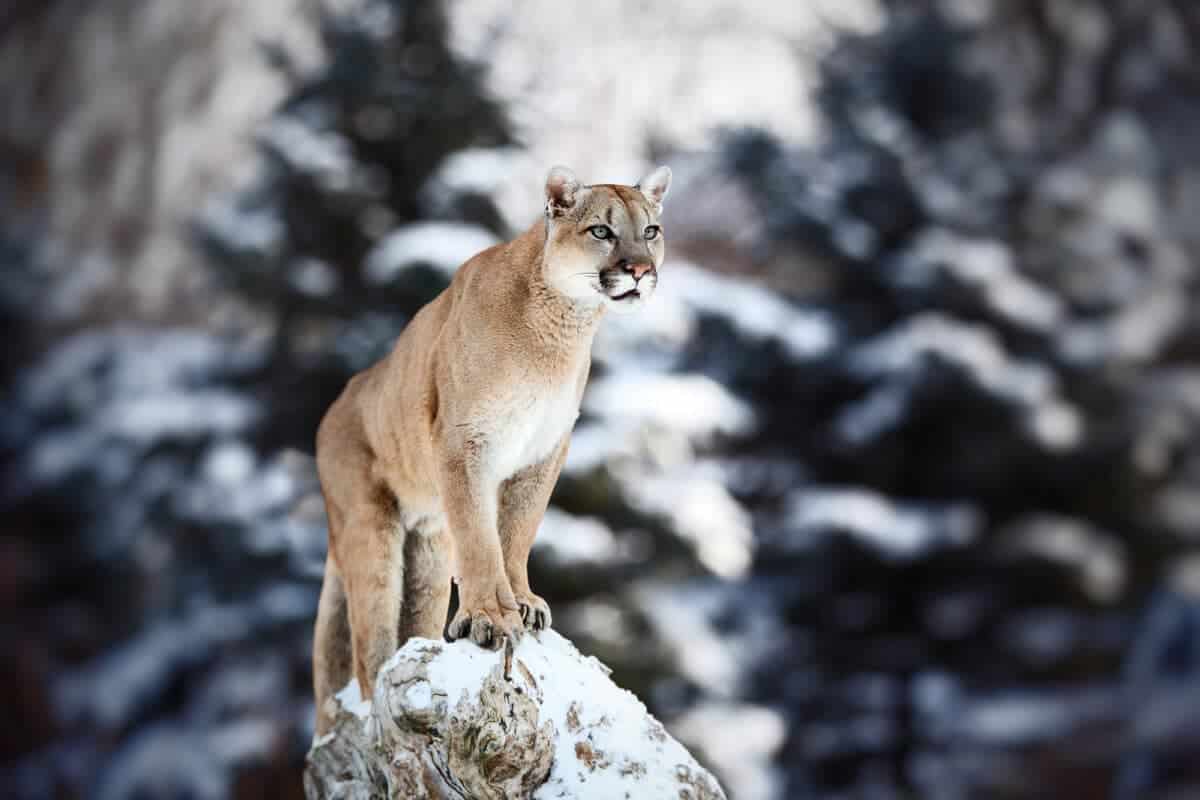
Jump ahead to any section below!
Characteristics and Behavior of Mountain Lions
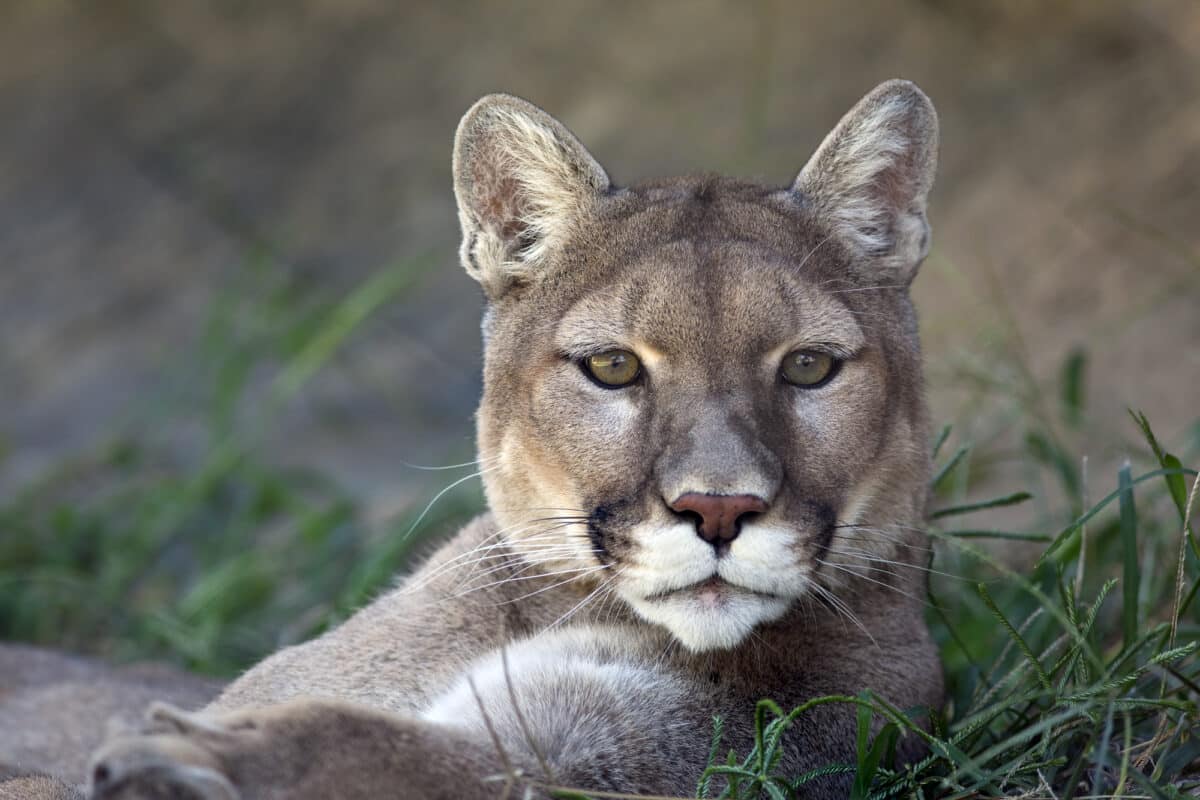
Mountain Lions, also known as puma concolor, are large cats native to Texas. They have tawny-colored coats with black markings and long tails.
Mountain Lions can be in Texas’s Trans-Pecos region, the south Texas brushlands, and some of the Hill Country. They favor environments with cover, like those with lots of foliage or rocky outcrops. Mountain lions typically hunt at night.
Mountain lions are solitary animals that usually avoid humans but defend themselves if threatened. They communicate with each other by scent-marking their territories with urine or feces and vocalizing with screams or purrs. In Texas, the legislature labels mountain lions as non-game species, meaning there is no closed season, bag limit, or possession limit for hunting them.
Despite their protected status in Texas, mountain lion populations remain at risk due to habitat loss from urbanization and human encroachment into their natural habitats. To help protect these majestic creatures, it is essential for people living in areas where mountain lions live to take steps to reduce potential conflicts between humans and mountain lions, such as keeping pets indoors at night or using motion-activated lights around homes that border wild areas.
Check out: Meet Ohio’s Predatory Coyote Population.
Conservation Efforts and Challenges
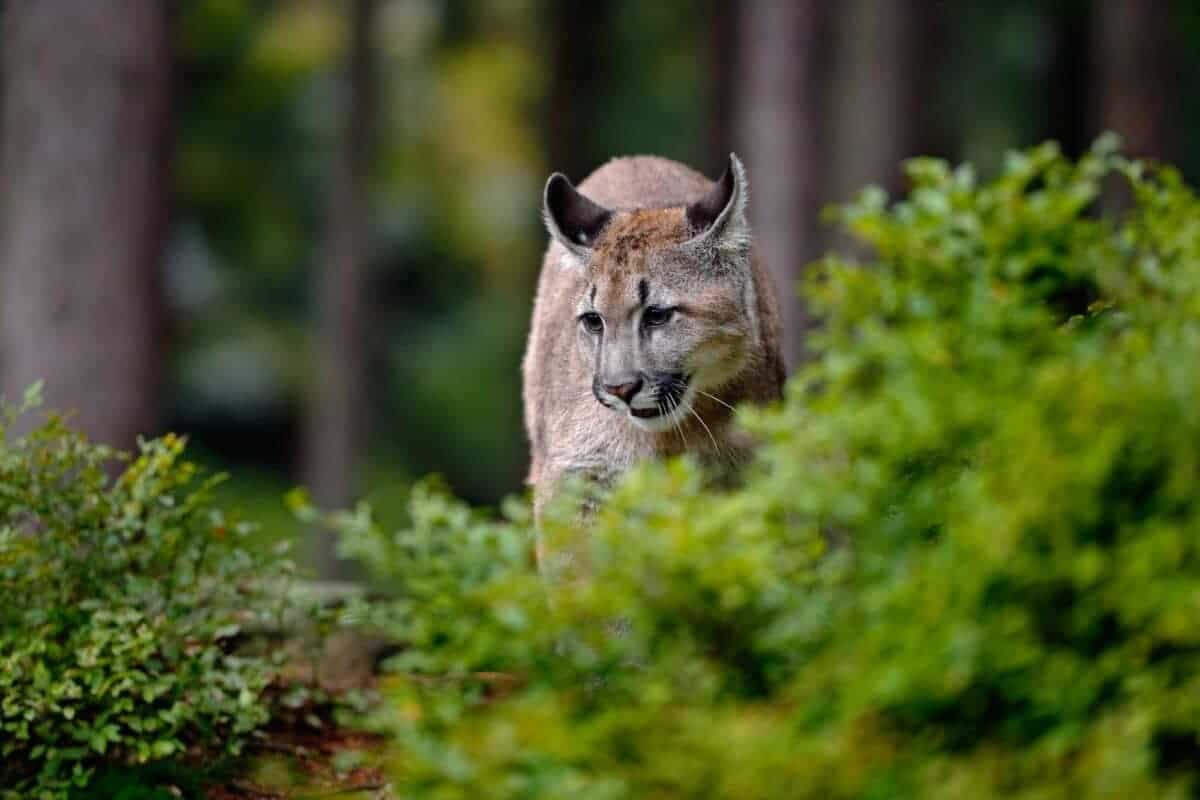
Mountain lions, known as cougars or pumas, once roamed freely across much of North America. However, their populations have declined. In Texas, mountain lions were once abundant but now face numerous threats to survival. Historically, the mountain lion population in Texas has significantly declined due mainly to ranching and hunting activities. Today, conservationists are working to protect this species and ensure its continued survival.
Current conservation efforts to protect mountain lions in Texas include research and monitoring, public education, habitat protection, and hunting and trapping regulation. For example, researchers use GPS collars to track the movements of mountain lions and gather data on their behavior, habitat use, and population dynamics. Public education campaigns aim to raise awareness about protecting mountain lions and reducing human-wildlife conflicts.
Habitat protection efforts seek to preserve and restore critical mountain lion habitats, such as large, undeveloped areas with ample prey. Finally, regulation of hunting and trapping seeks to maintain sustainable populations of mountain lions while minimizing negative impacts on the species.
Despite these conservation efforts, mountain lions still face numerous challenges. One major threat is habitat loss and fragmentation, which can lead to reduced genetic diversity and increased human-wildlife conflicts.
Another challenge is competition with other predators, such as coyotes and bobcats, for food and habitat. Additionally, human-wildlife conflicts, such as livestock predation, can lead to the retaliatory killing of mountain lions, further threatening their survival. Overall, continued conservation efforts and increased public awareness are essential to protect mountain lions and ensure their continued survival in Texas and beyond.
Check out: Unearth the Reality of Ohio’s Venomous Spiders.
Human-Wildlife Interactions
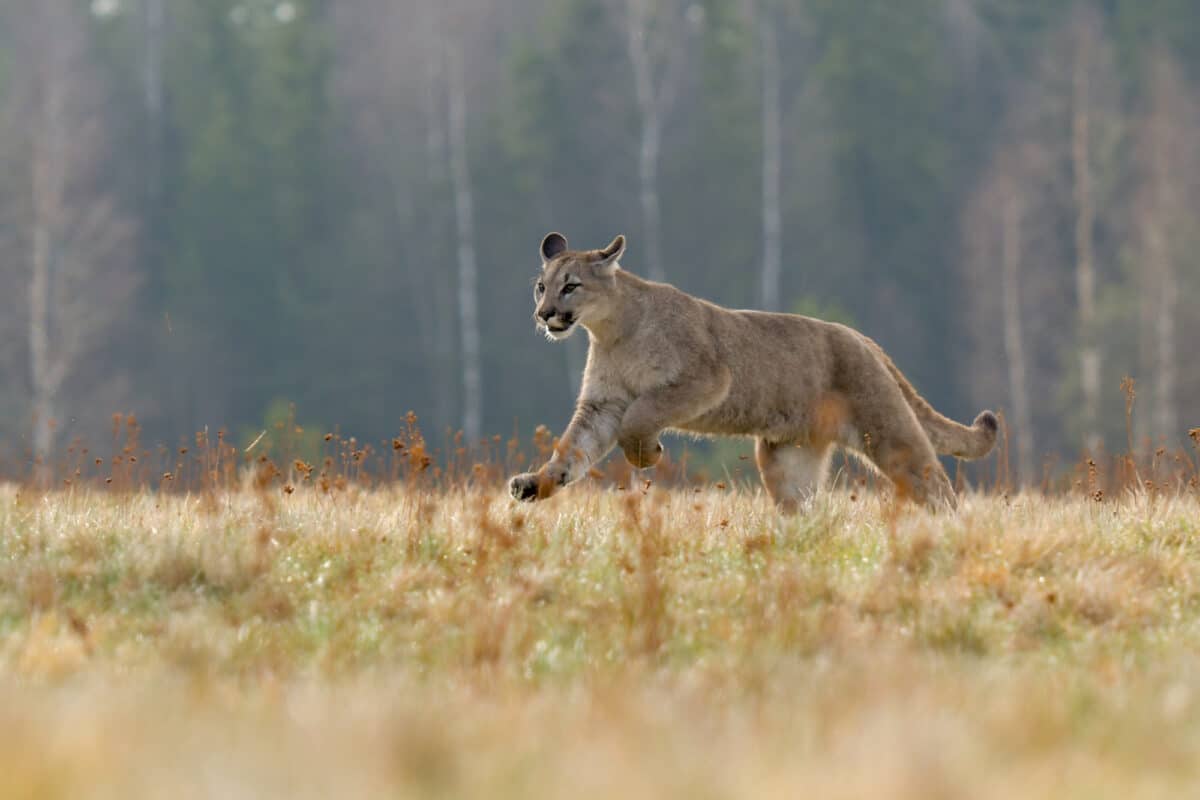
Human-wildlife interactions are an important part of our environment, and understanding how to coexist with wildlife is essential. In Texas, mountain lions have been seen more frequently in recent years, leading to increased human-wildlife interactions.
Understanding mountain lion behavior and how to react when one is encountered is crucial.
Maintaining your composure and avoiding running away when confronted with a mountain lion is essential. Running can cause the mountain lion’s natural desire to pursue prey to emerge. Instead, turn to face the animal straight, stand tall, open your coat or jacket if you have one, and make yourself appear as enormous as possible. Speak forcefully and loudly while stepping backward until the animal has moved on. If you’re being attacked, strike back hard with any weapons you have, such as rocks or sticks.
In addition to understanding how to respond when encountering a mountain lion, it is also vital to promote coexistence between humans and wildlife through safety measures such as keeping pets on leashes where mountain lions may be present and avoiding hiking alone in these areas. It is also beneficial for people living near mountain lion habitats to keep their yards free of potential food sources such as pet food or bird feeders that could attract them into residential areas.
By understanding the behavior of mountain lions and taking safety measures for humans and wildlife, we can promote coexistence between humans and wildlife in Texas. Human-wildlife interactions are essential to our environment, so we must learn how to coexist safely with animals like mountain lions while protecting ourselves from potential danger.
Check out: Discover Florida’s Most Dangerous Animals.
Role of Public Education and Awareness
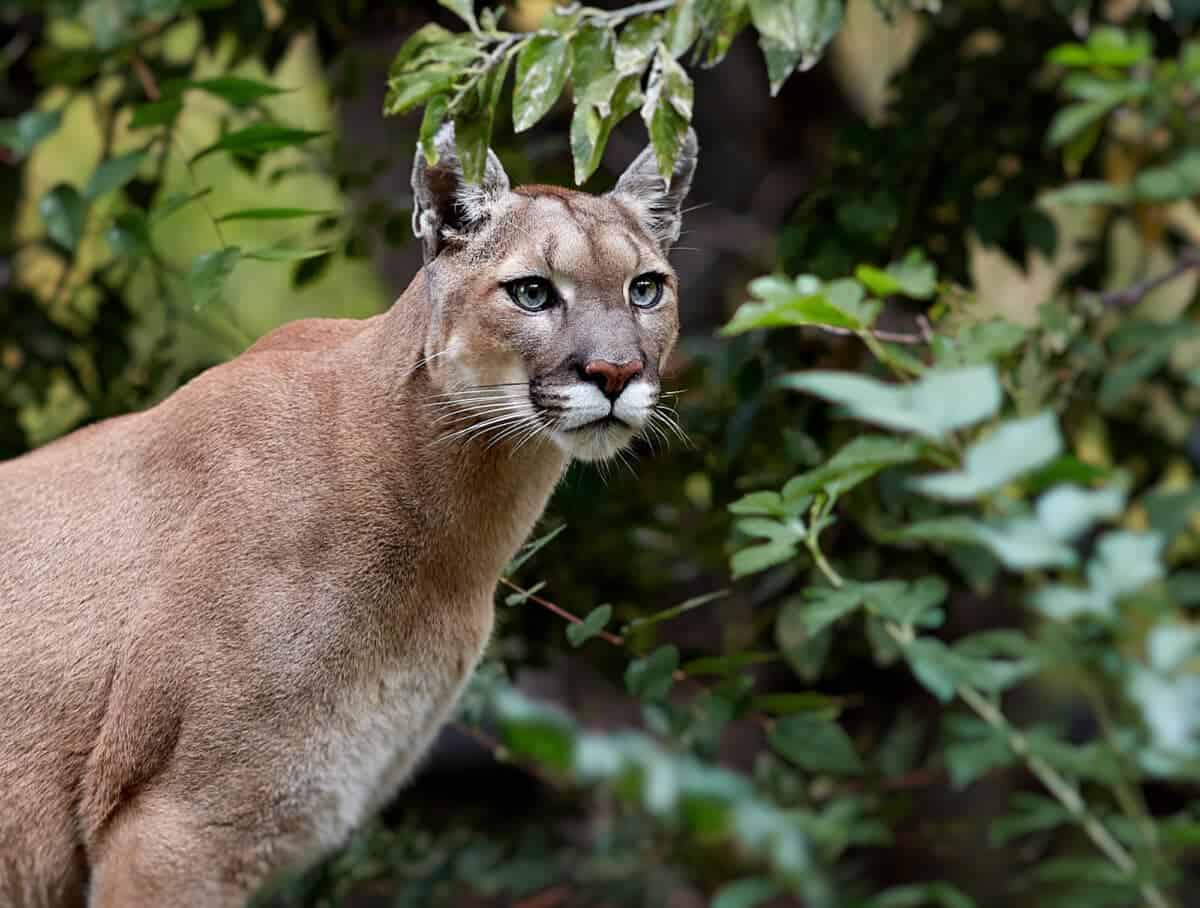
Public education and awareness in protecting mountain lions in Texas is critical. Mountain lions, also known as puma concolor, are native to the state and inhabit the Trans Pecos, Hill Country, and other suitable areas. Unfortunately, due to a lack of protection from hunting and trapping, their population has declined significantly over the years. Texans must become educated about mountain lion behavior, and conservation needs to ensure their survival.
Public education can promote awareness of mountain lion behavior and conservation needs. For example, people should be aware that although mountain lions are generally shy animals who prefer to avoid humans, they may attack if they feel threatened or if food sources are scarce. Additionally, people should be aware that habitat loss due to human development can harm mountain lion populations.
Engaging communities in reporting sightings and participating in conservation efforts is another essential part of public education and awareness for mountain lions in Texas. People should be encouraged to report any sightings of mountain lions so that wildlife officials can track their movements and better understand their habitats. Additionally, communities can get involved in conservation efforts such as habitat restoration projects or volunteer work with local organizations dedicated to protecting these animals.
Public education and awareness play an important role in ensuring the survival of mountain lions in Texas. Educating people about these animals’ behavior and conservation needs, promoting awareness of their plight, and engaging communities in reporting sightings and participating in conservation efforts can help protect this species for future generations.
Key Points
| Characteristics and Behavior: Mountain lions in Texas have tawny-colored coats, black markings and are the largest native cats in the state. They are solitary hunters that feed on various prey and communicate through scent-marking and vocalizations. |
| Conservation efforts aim to protect mountain lions through research, public education, habitat preservation, and regulated hunting. Challenges include habitat loss, competition with other predators, and human-wildlife conflicts. |
| Encounters with mountain lions are rare, but understanding their behavior and knowing how to respond is crucial for human safety. Coexistence measures include staying calm, backing away slowly, and avoiding running. Promoting awareness and taking safety precautions can reduce conflicts. |
| Scientists use various methods like GPS collars and camera traps to track mountain lion movements and gather data on their behavior and population dynamics. Research findings aid conservation efforts by identifying critical habitats and mitigating conflicts. |
| Public education campaigns raise awareness about mountain lion behavior, conservation needs, and safety guidelines during encounters. Reporting sightings and community engagement are essential for conservation efforts and species protection. |
| Continued conservation efforts are crucial for the long-term survival of mountain lions in Texas. Protecting their habitats, limiting hunting, and increasing public awareness is essential to ensure their significance in Texas’s ecosystem and cultural heritage. |
Bottom Line
The future outlook for mountain lions in Texas is still uncertain. Despite the efforts of organizations like Texans for Mountain Lions, much work still needs to be done to protect and conserve this species.
Continued conservation efforts are essential to ensure that mountain lions remain an important part of Texas’s ecosystem and cultural heritage. This includes protecting their habitats from human encroachment and limiting hunting and trapping activities. Furthermore, increasing public awareness about the importance of these animals.
In conclusion, mountain lions are essential to Texas’s ecosystem and cultural heritage. We must continue to protect and conserve this species. This can be done by conducting research, limiting hunting activities, and protecting their habitats from human encroachment. Moreover, increasing public awareness of their importance.
With continued support for conservation initiatives, we can ensure that mountain lions remain integral to Texas’s landscape for generations.
Thanks for reading along! For more of the scoop, see below.
Next up: Meet California’s Mountain Lion Population, The Underdog Fight: Dachshund Confronts A Mountain Lion, Lion and Dog: An Unbreakable Bond of Friendship, Giraffe Dominates Over Lion in Savannah Showdown, and World’s Oldest Lion, Loonkito, Brutally Speared to Death.
Join our Forum for free today!

- Huge Pet Bison Breaks Into House - July 22, 2024
- Giant Black Bear Surprises Beachgoers by Emerging from the Ocean in Florida - July 22, 2024
- Brave Man Plays Instrument While Huge Bear Caresses His Shoulder - July 22, 2024

